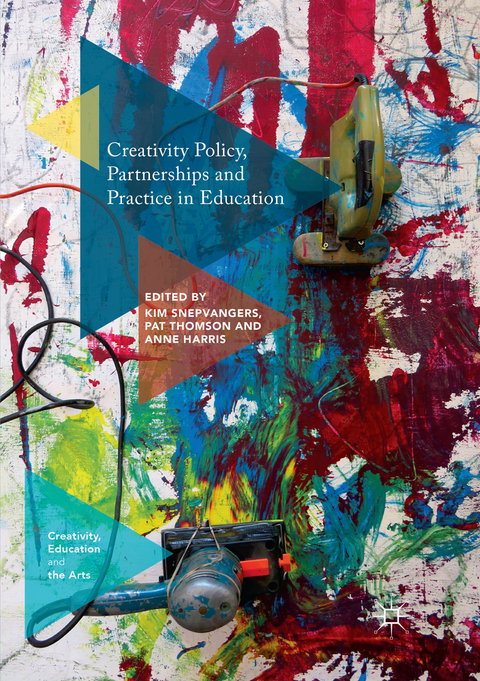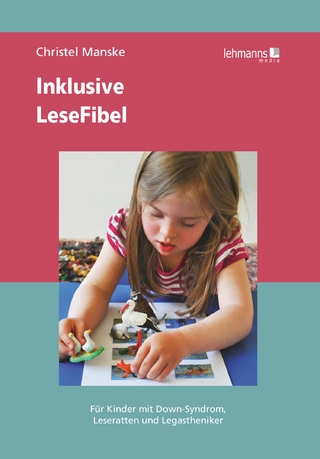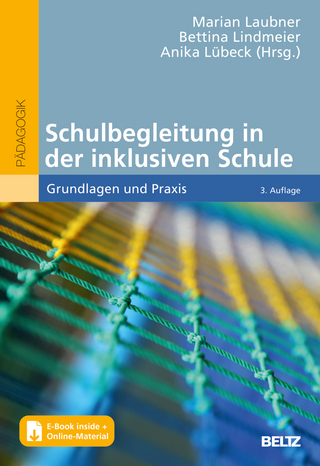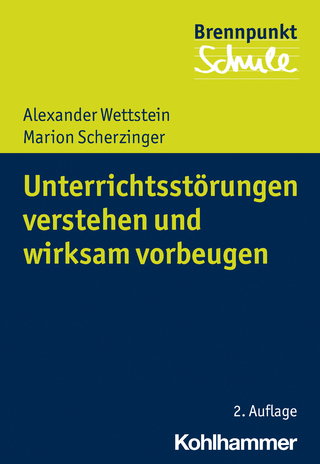
Creativity Policy, Partnerships and Practice in Education
Springer International Publishing (Verlag)
978-3-030-07237-7 (ISBN)
Kim Snepvangers is Director: Professional Experience and Engagement Projects and a UNSW Teaching Fellow at UNSW Sydney: Art & Design, Australia. Her research interweaves creative and professional industry contexts and engages visualisation with creative ecologies, critically reflective frameworks and embodied pedagogies. Pat Thomson is Convenor of the Centre for Research in Arts, Creativity and Literacy (CRACL) at the University of Nottingham, UK. She is known for her interdisciplinary engagement with questions of creative and socially just learning and change. Anne Harris is Associate Professor and Vice Chancellor's Principal Research Fellow at RMIT University, Australia. She researches in the areas of creativity, culture, diversity and digital media.
Chapter 1. Evolving ecologies: Creative policy, partnerships and practice in education; Anne Harris, Pat Thomson and Kim Snepvangers.- SECTION I. POLICY.- Chapter 2. What did Creative Partnerships achieve? A review of the Creative Partnerships (CP) research archive; Patricia Thomson, Rebecca Coles and Maddy Hallewell.- Chapter 3. Transforming creative classroom contradictions through activity theory analysis; Victoria Kinsella.- Chapter 4. Creative Agency / creative ecologies; Anne M. Harris.- Chapter 5. Value-adding in higher education: Complementary contexts for learning creativities; Jonathan Purdy, Vinesh Chandra and Kelli McGraw.- SECTION II. PARTNERSHIPS.- Chapter 6. Creative partnerships: Exploring encounters in the contact zone; Donna Mathewson Mitchell.- Chapter 7. Creative industry encounters: Digital ecologies in art, design and media; Kim Snepvangers.- Chapter 8. Organisational change for creativity in education; Leon de Bruin.- Chapter 9. Creative ecologies in education: teaching relationships within sustained school-based artist-in-residence projects; Christine Hatton and Mary Mooney.- SECTION III. PRACTICE.- Chapter 10. The antecedents and outcomes of creative cognition; Sarah Asquith, Xu Wang and Anna Abraham.- Chapter 11. Assessing Creativity: Four Critical Issues; Rachel Jacobs.- Chapter 12. Tearing it down: Using problematisation to encourage artistic creativity; Shelley Hannigan and Katherine Barrand.- Chapter 13. From Wise Humanising Creativity to (posthumanising) creativity; Kerry Chappell.- Chapter 14. An ecology of care: Relationships and responsibility through the constitutive and creative acts of oral history theatre making in local communities shouldering global crises; Kathleen Gallagher, Nancy Cardwell and Dirk Rodricks.- Chapter 15. Flexibility, constraints and creativity - cultivating creativity in teacher education; Susan Davis.- Chapter 16. Propositions for policy, partnership and practice in educational creative futures; Kim Snepvangers, Anne Harris and Pat Thomson.
| Erscheinungsdatum | 21.01.2019 |
|---|---|
| Reihe/Serie | Creativity, Education and the Arts |
| Zusatzinfo | XXIII, 365 p. 11 illus. |
| Verlagsort | Cham |
| Sprache | englisch |
| Maße | 148 x 210 mm |
| Gewicht | 511 g |
| Themenwelt | Sozialwissenschaften ► Pädagogik ► Schulpädagogik / Grundschule |
| Schlagworte | 21st century creativity education • Creative Cognition • Creative Education Policy • Creativity curricula` • Creativity Index • educational creativities • Learning and Instruction |
| ISBN-10 | 3-030-07237-1 / 3030072371 |
| ISBN-13 | 978-3-030-07237-7 / 9783030072377 |
| Zustand | Neuware |
| Haben Sie eine Frage zum Produkt? |
aus dem Bereich


